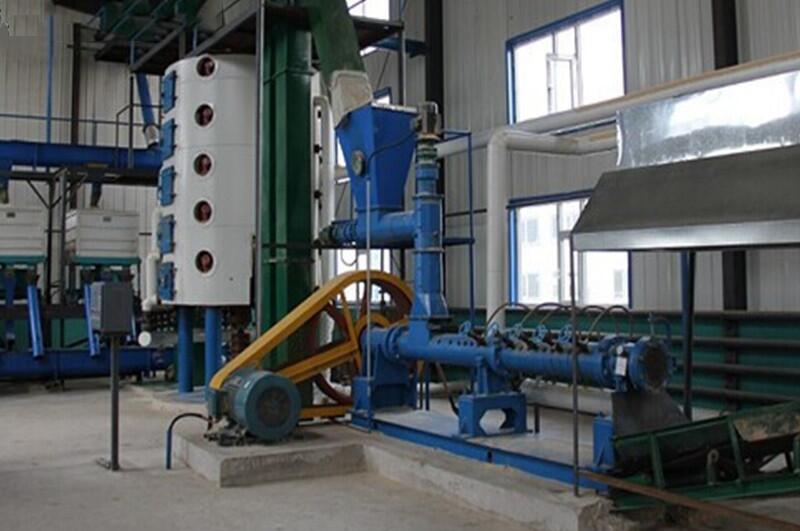The oil contains a small amount of wax, which will increase the cloud point, reduce the transparency and digestibility of the oil, make the taste and palatability worse, thereby reducing the edible quality, nutritional value and industrial use value of the oil. On the other hand, wax is an important industrial raw material and can be used in wax paper, water repellent, gloss agent, etc. Therefore, removing or extracting wax from oil can achieve the purpose of improving the quality of edible oil and comprehensively utilizing vegetable oil wax sources.
How winterization and dewaxing works:
1. The oil is quickly cooled after being supersaturated or melted, so that the high melting point begins to fully segregate;
2. Slow cooling and slow stirring (135/min) promote the formation of crystal nuclei;
3. Continue cooling to the target temperature to allow the crystals to increase (also called the crystallization stage) and then separate.
The main conditions for crystallization are as follows:
1. Crystallization temperature. The temperature must be below the set point of the solid grease.
2. Cooling speed. Each grease has its own specific freeze crystallization curve.
3. Mixing speed. Generally controlled at 10-13r/min.
At present, most countries basically adopt dry separation, so the separation method is mainly completed through pressure filtration. The composition of waxes in different vegetable oils is different, and the content of linear alcohols in the waxes in various vegetable oils is also different.
Henan Huatai Cereals and Oils Machinery supply complete edible oil processing line, cooking oil press plant, vegetable oil refining, any need please email to info05@cnoilmachine.com
